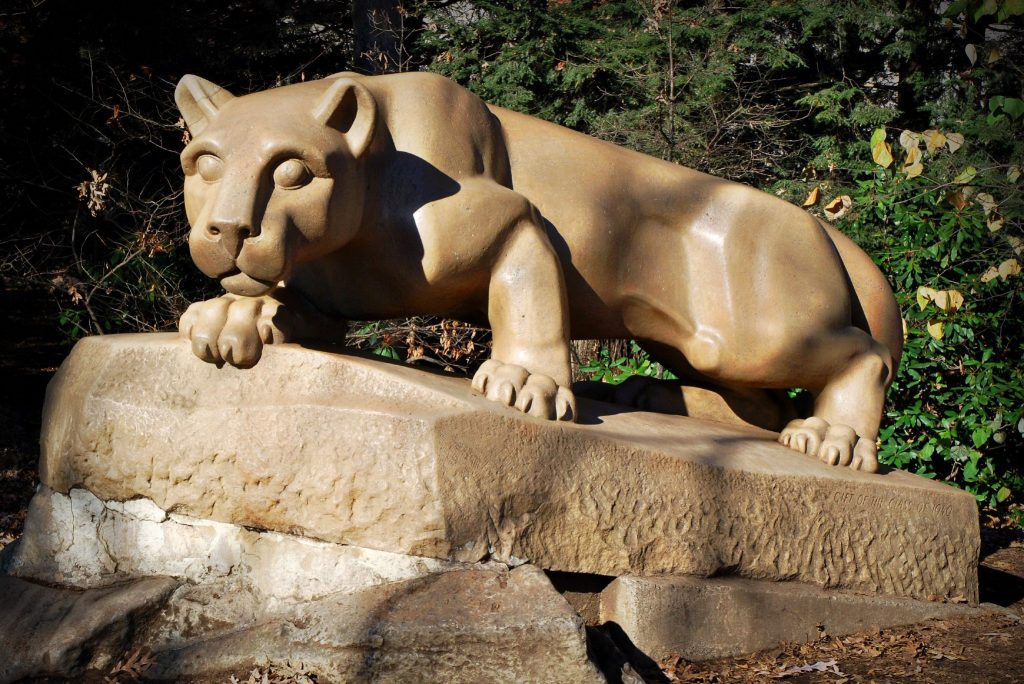What is implicit bias?
“Implicit Bias – The attitudes or stereotypes that affect our understanding, actions, and decisions in an unconscious manner.”
– Kirwin Institute for the Study of Race and Ethnicity
There are a few key characteristics that are important for understanding implicit bias:
- Implicit biases are universal. Implicit bias is something that affects everyone, even those who claim they don’t have them.
- Someone’s implicit associations do not necessarily mirror their stated beliefs or even follow their explicit values.
- Studies have shown that people tend to favor others that share their own identities but they can still have biases toward their own group.
- Implicit biases are adaptable and can be unlearned through different debiasing techniques.
Implicit bias and Penn State
 At the core of the University are the Penn State Values. The Values are shared ideals about how people should act toward one another, the standards to which we hold ourselves, and the beliefs we find important. These six Values articulate our ethical principles and should guide our actions and decisions as members of the Penn State community.
At the core of the University are the Penn State Values. The Values are shared ideals about how people should act toward one another, the standards to which we hold ourselves, and the beliefs we find important. These six Values articulate our ethical principles and should guide our actions and decisions as members of the Penn State community.
So what does implicit bias have to do with Penn State Values?
Understanding that implicit biases are hidden in each of us and identifying what they are is the first step to addressing them. Once they are revealed, decisions can be made as to how to engage them. Insight into one’s unconscious thoughts allows for deliberate action. Increasing self-awareness enables professional growth that can align with Penn State’s Values and create a more inclusive community. For more information about how implicit bias relates to the Penn State Values, please visit the Penn State Values page to learn more.
As you look through these resources, we hope that you will be able to answer:
- Why is implicit bias important?
- How does it affect our thoughts, feelings, and behaviors?
- What can we do about it?
Feedback
We welcome your feedback through the anonymous short survey linked on the right-hand side of this website. Thank you.

